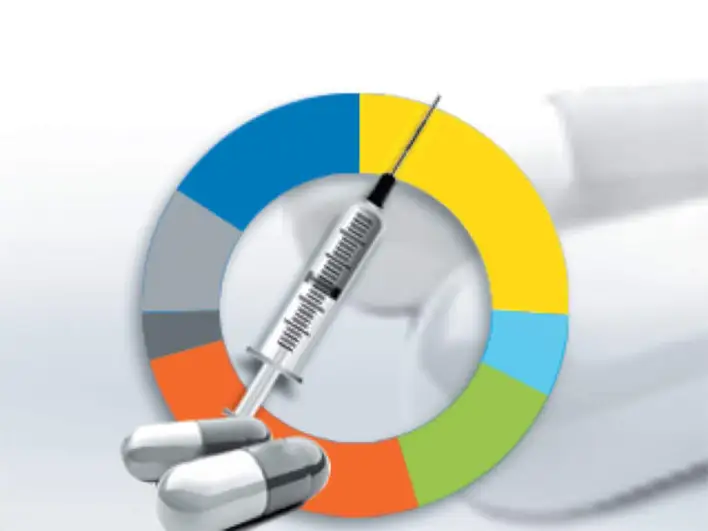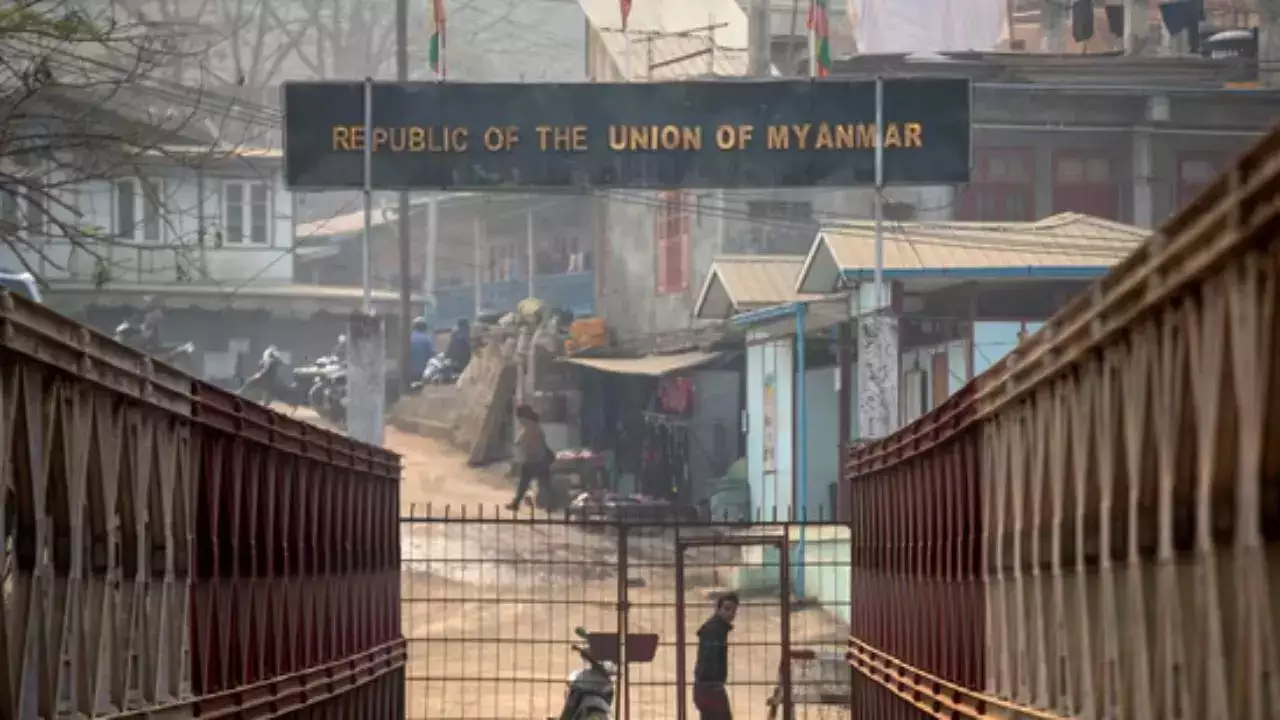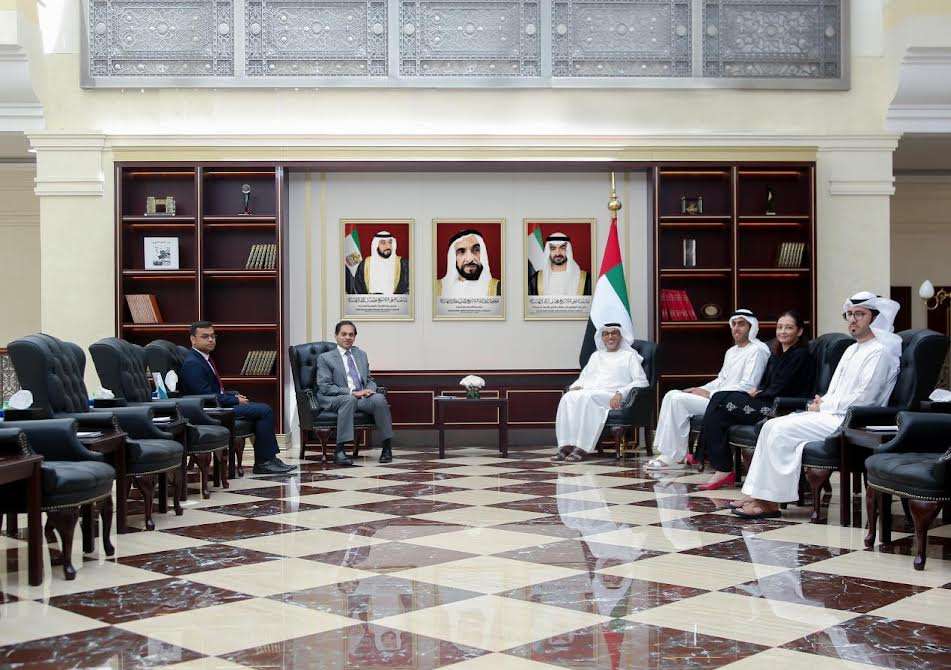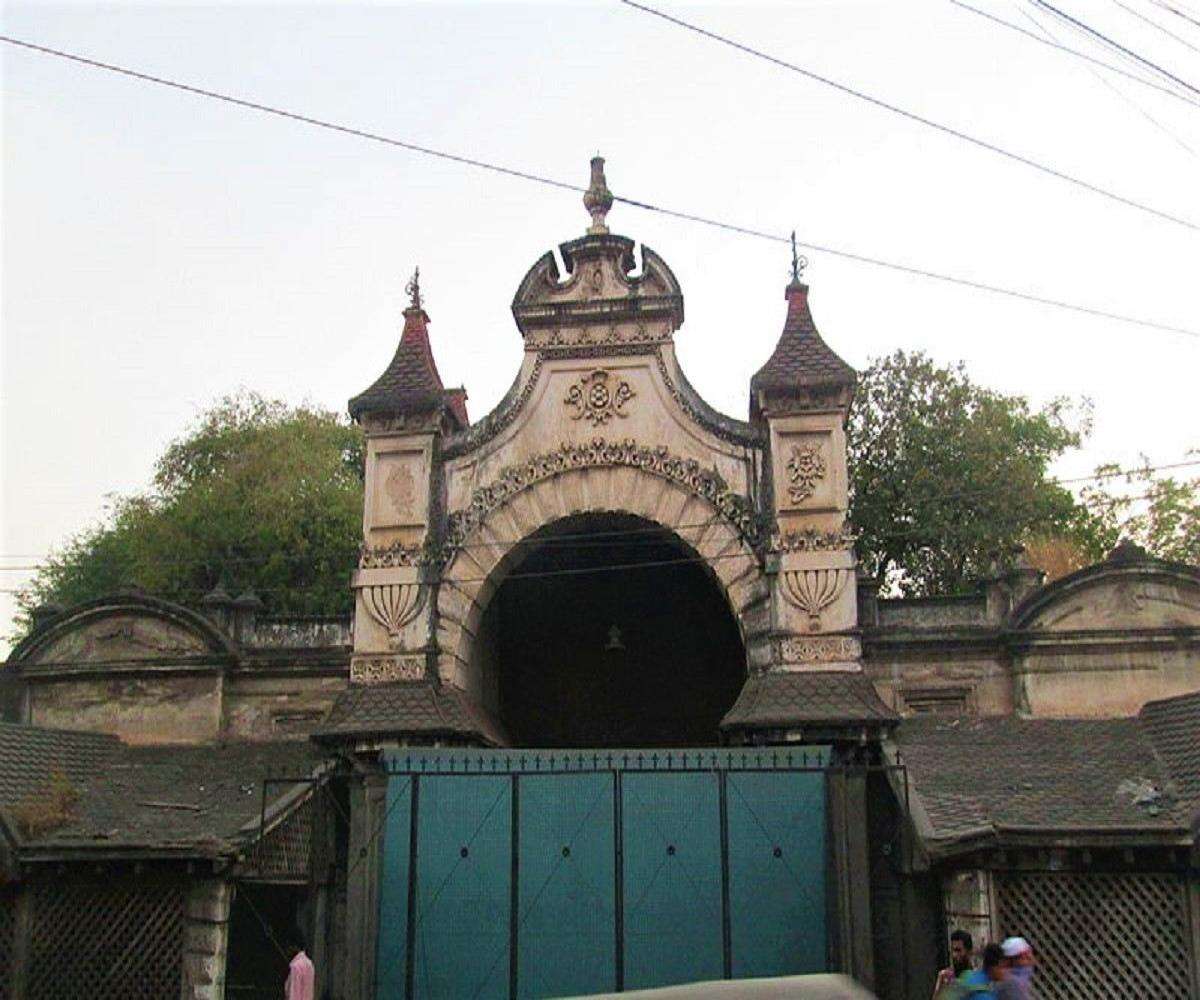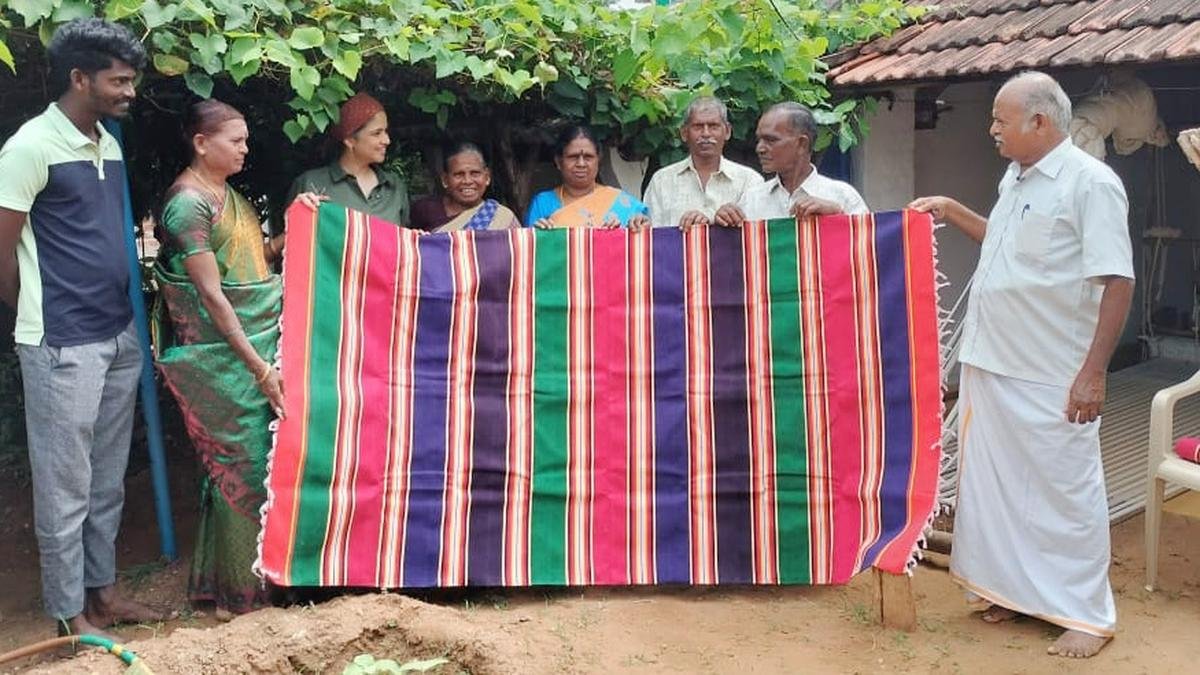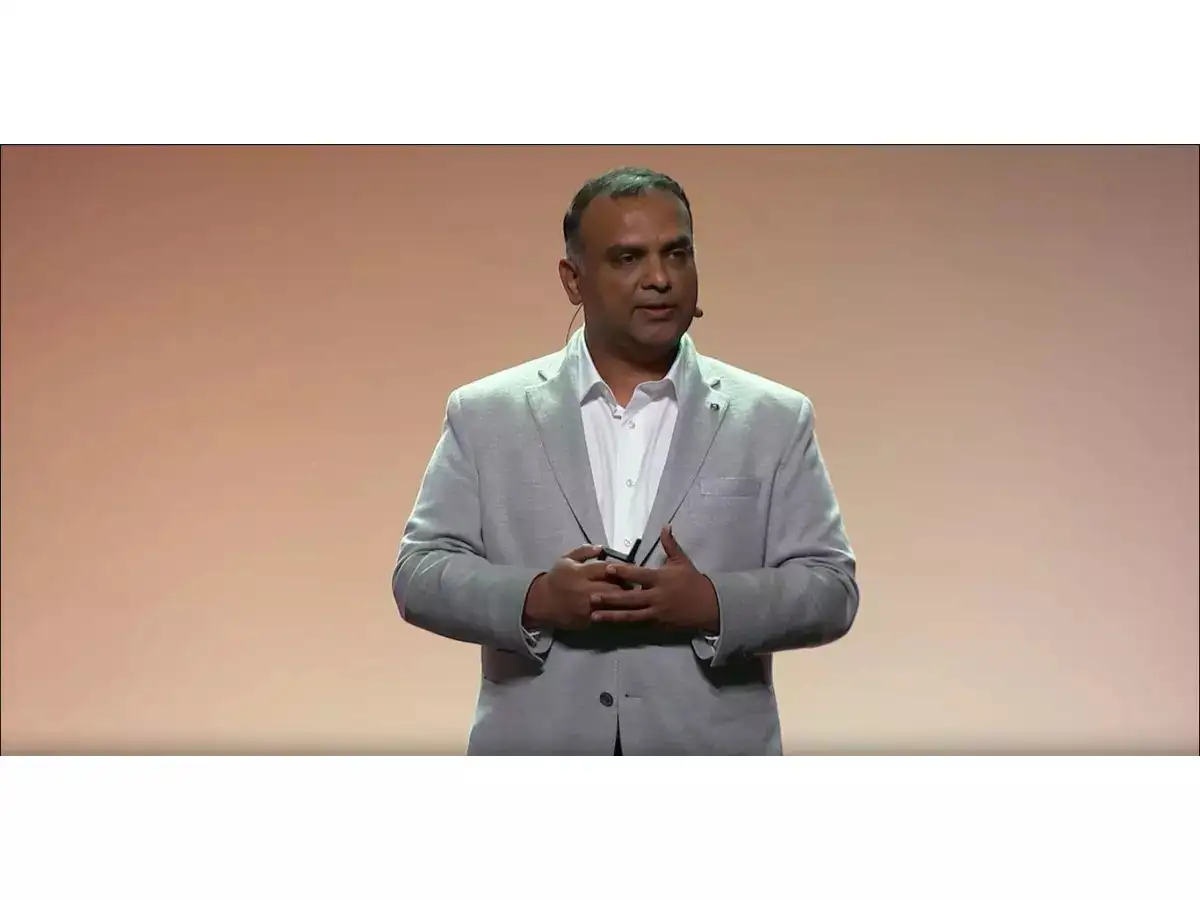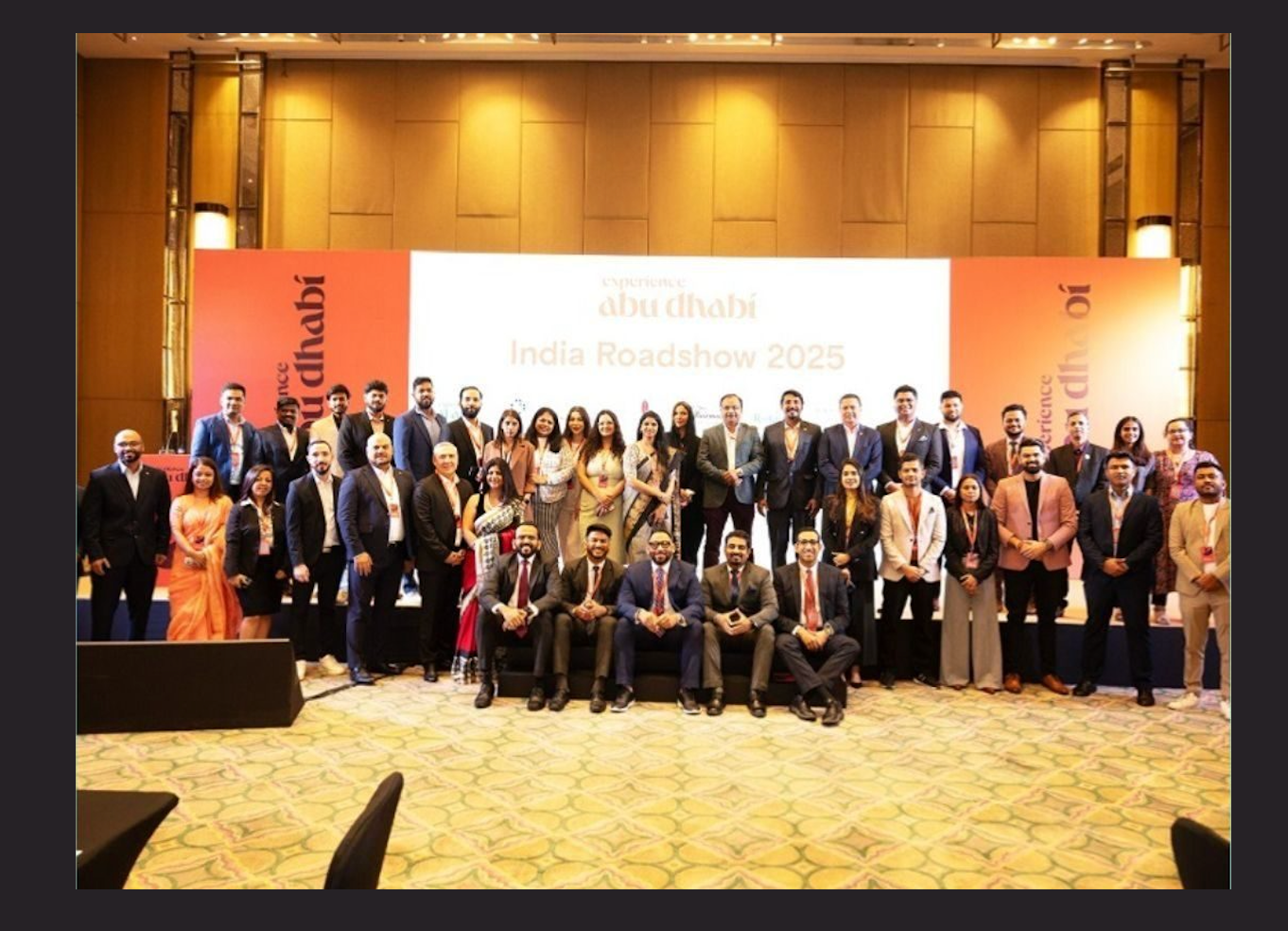Although the challenges are formidable, a roadmap has been drawn up and work begun to wrest control from China.
There are concerted effort afoot to break China’s strangle-hold over India’s drug industry. As of now, 70 per cent of ingredients, used in the manufacture of life-saving drugs and medicines by India Indian pharma companies are sourced directly from China, a report in the Economic Tiumes, says.
Although the challenges are formidable, a roadmap has been drawn up and work begun to wrest control from China. It’s a vast project that shows how governments are growing increasingly concerned about China’s stranglehold over drug supplies — as well as the challenges they face in loosening it.
India’s reliance on China to keep raw material supply going is not without risks and more so in recent times. Because the two countries often engage in skirmishes along the border and China has in recent years increasingly used its trade advantages against other countries during political disagreements.
On the edge of Hyderabad in southern India, a vast patch of arid shrub-land the size of about 14,000 football fields is becoming a testing ground for a model that could help wean the world off its dependence on Chinese drug ingredients.
This empty site of the Hyderabad Pharma City, is expected to attract about $8.4 billion in investments and employ 560,000 people in hundreds of sprawling plants.
Within two years once land is allotted, officials say, it will be rolling out vital raw ingredients for medicines like penicillin, ibuprofen and anti-malarials that make their way around the world.
India’s ability to secure not just its own drug supply but that of Africa, the Americas and Europe is at stake, since it supplies most of the generics sold in American pharmacies and hundreds of countries globally.
On the edge of Hyderabad in southern India, a vast patch of arid shrub-land the size of about 14,000 football fields is becoming a testing ground for a model that could help wean the world off its dependence on Chinese drug ingredients.
Prime Minister Narendra Modi has eagerly promoted his country as the “pharmacy of the world,” but the glaring dependence of India’s $42 billion drug manufacturing industry — much of which is headquartered in Hyderabad — was exposed at the start of the Covid-19 pandemic.
In early 2020, China locked down Hubei province, its own medicine manufacturing heartland, as the coronavirus spread outside of Wuhan. That caused missed shipments and shortages, with API prices surging as much as 100% in India and around the world.
“Supply chains got completely disrupted, China shut down,” recalls Samina Hamied, the vice president of Cipla Ltd., one of India’s largest drugmakers.
China accounted for 28% of the $236.7 billion global API market in 2018, according to data compiled by Dongguan Securities Co. China hasn’t ever halted drug supplies for political reasons, and kept them flowing even at the height of the trade war with the U.S.
Yet, Western countries have grown increasingly uneasy over the fact that supply of their commonly used medications are reliant on a major geopolitical rival amid an ever-widening ideological rift. U.S. lawmakers have recently introduced a batch of legislation to protect the country’s pharmaceutical supply chains from China.
“It’s time to bolster onshore manufacturing of pharmaceuticals to ensure Americans never have to rely on China for lifesaving medicine,” Senator Tom Cotton, an Arkansas Republican, said last week.
Multiple Indian efforts to redress the South Asian country’s reliance have sprouted, from the Hyderabad facility which is an effort of the state government, to a plan by Modi’s administration for three parks. The state government’s plan is the farthest along with 19,000 acres already acquired.
The planned Pharma City, set about 22 miles south of Hyderabad’s airport, will focus on bulk drugs and promises to ram through India’s treacle-like web of red tape around environmental clearance and land-acquisition by providing drugmakers plots with ready-made approvals for the heavily polluting industry.
The man leading the initiative is Shakthi Nagappan, a slight, bespectacled 36-year-old government employee. Working out of an administrative office in central Hyderabad, Nagappan spouts the jargon of a start-up founder.
Nagappan says the upcoming Pharma City to the south will compete with China’s ability to drive down costs. The main idea is to help India pharma companies cut costs and become more competitive on price by providing them with land where environmental clearances are sorted, waste disposal facilities are already built and other infrastructure is ready.
“Within Pharma City we’ve brought in elements that can bring down capital and operating costs for the industries in a range of anywhere between 25% and 30%.”
After the Hubei shutdown of 2020, the Modi government drew up plans to allot land for three major bulk drug parks. It has also sought to provide more than $1 billion in funding to encourage companies to manufacture ingredients domestically, part of Modi’s nationalistic “Make in India” campaign that now looks to capitalise on firms searching for an alternative to China. Still, progress has been slow.
“The chemical industry cannot be conquered in a year, you need decades of investment to do that,” says Satyanarayana Chava, the head of Laurus Labs Ltd., one of India’s biggest makers of API.
“The entire world’s dependence on China will continue.” Some delays are indicative of the wider challenges around getting infrastructure projects done at speed in India. It will likely take the country a number of decades to reach Modi’s goal of self-reliance, says one Western diplomat.
Right now it’s easier for Indian pharma firms exporting to Western markets to buy ingredients from China that have already been approved by foreign regulators, rather than spend millions of dollars running clinical trials, they added.
********************************************************************
Readers
These are extraordinary times. All of us have to rely on high-impact, trustworthy journalism. And this is especially true of the Indian Diaspora. Members of the Indian community overseas cannot be fed with inaccurate news.
Pravasi Samwad is a venture that has no shareholders. It is the result of an impassioned initiative of a handful of Indian journalists spread around the world. We have taken the small step forward with the pledge to provide news with accuracy, free from political and commercial influence. Our aim is to keep you, our readers, informed about developments at ‘home’ and across the world that affect you.
Please help us to keep our journalism independent and free.
In these difficult times, to run a news website requires finances. While every contribution, big or small, will makes a difference, we request our readers to put us in touch with advertisers worldwide. It will be a great help.
For more information: pravasisamwad00@gmail.com
